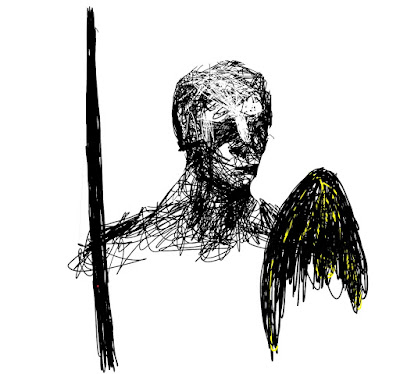Differences between depression and burnout (part 2 of 3)
part 2 of 3
Much was made of the World Health Organization's including burnout in the eleventh edition of the International Classification of Diseases. “Intrinsic demands of the job, individual susceptibility, and poor work organization contributes to increased stress in health workers.” Then, the consequences: “chronic fatigue, absenteeism, high staff turnover, reduced patient satisfaction, and increased diagnosis and treatment errors.” What's remarkable is some consequences of burnout fall those with the burnout, while other consequences fall upon the organizations, or those the organizations serve. The nurse is burnt-out, but it's the patient who is less satisfied. It is a little like saying that COVID-19 causes cough, weakness, back pain, absenteeism, plus fatigue in others. One difference then is that a depression can be described in a single person without reference to any organization; but burnout as we understand it can only be described by a person's relation to an organization.
Depression itself must have a history at least as long as burnout. If Achilles wanted to avoid being called a burnt-out coward, then Helen wished against time she had been swept out to sea as a newborn, and Hamlet decried the Christian proscription against suicide, itself perhaps occurring before the 5th century CE, but codified by Augustine in that century. The World Health Organization (WHO) adopted a condensed version of the criteria for major depression, established by the Diagnostic and Statistical Manual, now in its 5th edition. Here is the WHO’s definition of disorder 6A70.
Single episode depressive disorder is characterised by the presence or history of one depressive episode when there is no history of prior depressive episodes. A depressive episode is characterised by a period of depressed mood or diminished interest in activities occurring most of the day, nearly every day during a period lasting at least two weeks accompanied by other symptoms such as difficulty concentrating, feelings of worthlessness or excessive or inappropriate guilt, hopelessness, recurrent thoughts of death or suicide, changes in appetite or sleep, psychomotor agitation or retardation, and reduced energy or fatigue. There have never been any prior manic, hypomanic, or mixed episodes, which would indicate the presence of a bipolar disorder.
It goes without saying in this description that the effects of medical disorders (like a hyperactive thyroid), and the effects of medicines (like interferon), or the effects of drugs (like alcohol) were excluded. If we now put the rectangles side-by-side, then burnout has chronic fatigue, absenteeism, and dissatisfied patients one of only many symptoms that can be interpreted as depression, and burnout might have very different formal definitions, and yet feel similar. They may even look similar.



Comments
Post a Comment